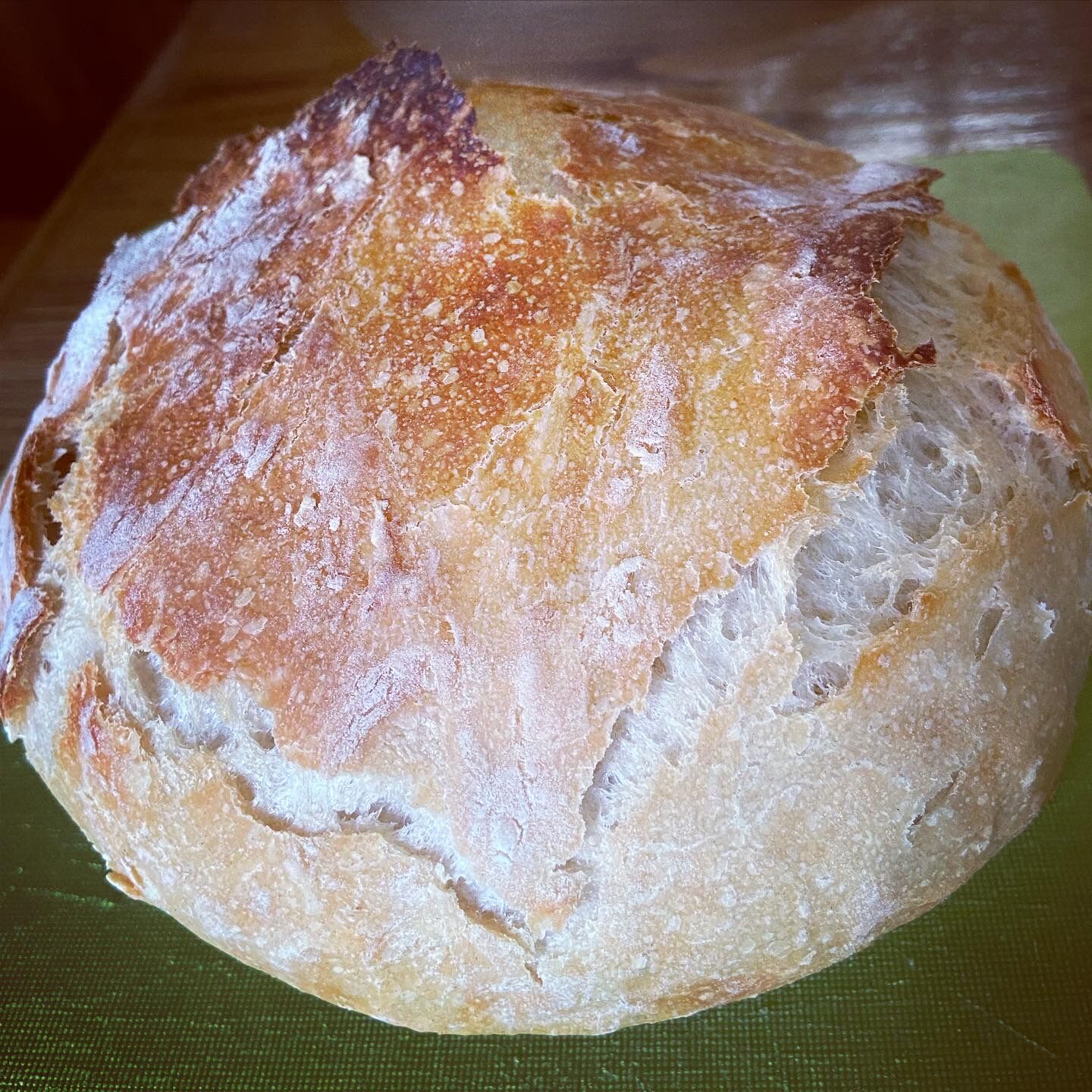Picture in your mind your favorite wheat foods—a pasta dish, a loaf of warm bread or a pizza crust. However you like to eat your wheat, the latest dietary guidance and expertise want you to make every bite count by including a mix of whole and refined grain foods in your diet.
“Wheat foods, whether they are whole or refined, are part of a happy and healthy life,” said Cindy Falk, Kansas Wheat nutrition educator. “Both types of wheat foods give your body quality energy by providing essential nutrients like fiber, vitamin A and iron.”
Whole wheat products, which contain the entire seed of the plant, have proven benefits for weight control, reduction in heart disease and prevention of Type II diabetes. Enriched or refined flour starts with the flour produced from just the endosperm, one of three distinct parts of the seed that contains protein. But, some nutrients lost in the milling process are added back to the flour in addition to fortifying flour with added nutrients like iron and folic acid.
The Dietary Guidelines for Americans 2020-2025 recommended whole grains constitute at least half of total grain consumption, with refined grains making up the other half. The guidance also supports consuming enriched grains, especially those fortified with folic acid. The guidelines were developed by the U.S. Department of Agriculture and the U.S. Department of Health and Human Service. Learn more at dietaryguidelines.gov.
The Grains Foods Foundation has outlined the research supporting how this mix of whole and refined grains is important to a healthy lifestyle. GFF is a joint venture of baking, milling and allied trade industries committed to nutrition education programming firmly rooted in sound science.
The published Consensus Statement detailed the scientific studies linking greater whole grain intake to nutrition and other health-related benefits. GFF also outlined the findings of a panel of nutrition experts who discussed the contributions of whole and refined grains to the diet. The panel concluded grain foods contribute nutrient density to the diet, meaning an increased amount of beneficial nutrients in a food product.
The panel detailed how fortification and enrichment can help deliver key nutrients to the diet. For example, enriched grains are the top source of folic acid in women of childbearing age and have helped reduce neural tube defect rates by 36 percent. In 2011, the Centers for Disease Control named folic acid fortification as one of their top 10 public health achievements of the last decade. The Food Fortification Initiative even works around the world to encourage the enrichment of grains with iron and folic acid.
While the panel did note Americans should limit consumption of indulgent refined grains based on calories, added sugar, sodium and saturated fat, the experts stated there is inconclusive evidence that refined grains are linked to overweight and obesity. In fact, they noted removing refined grains from the diet exacerbates nutrient inadequacies in both children and adults.
In the end, whether you are eating cereal, bread, rolls or tortillas, make sure you include a mix of both whole wheat and refined or enriched foods to stay healthy and happy.
Learn more about this research at https://grainfacts.com/research/.



